 01:02:00
01:02:00
Thinking like a vegetable: how plants decide what to do
Plants monitor a wide range of information from their surrounding environment. They combine information of multiple sorts, and respond in an appropriate way. In plants there is no brain, and the information processing is distributed across the plant ....
More details | Watch now 01:12:00
01:12:00
Brain development and brain repair.
The human brain is made up of close to a trillion nerve cells (or neurons), each of which makes connections with, on average, hundreds of other nerve cells, to form the complex neuronal circuits that control all brain activities, including perception....
More details | Watch now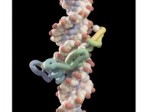 01:08:00
01:08:00
Engineered zinc finger proteins and gene expression
It has long been the goal of molecular biologists to design DNA binding proteins for the specific control of gene expression. The zinc finger design, discovered by Sir Aaron Klug 20 years ago, is ideally suited for such purposes, discriminating betwe....
More details | Watch now 01:05:00
01:05:00
The dark side of the universe
The emergence of cosmic structure is an outcome that has been studied by peering back through the mists of time to the remote depths of the universe as well as by deciphering the fossil structure of nearby galaxies. One of the greatest mysteries in t....
More details | Watch now 01:01:00
01:01:00
A natural history of scientists
For most of his life, Richard Fortey, has worked with collections in London's Natural History Museum, so curation has become a kind of unbreakable habit for him. In his Michael Faraday Prize lecture he will present another collection: his own persona....
More details | Watch now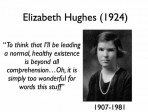 01:12:00
01:12:00
Deciphering disease: cells and disruption of their communication
The human body may seem to be no more than a bundle of tissues and organs, yet the cells these are made from are capable of interacting, communicating and performing complex tasks. Our cells' capacity to interact in this way enables humans to adapt t....
More details | Watch now 00:55:00
00:55:00
Benjamin Franklin in Europe: electrician, academician etc.
Benjamin Franklin, American patriot and natural philosopher, was born 300 years ago. Apart from a brief stay in England as a young man, he spent the first fifty years of his life transforming himself from a nobody into the leading citizen of Philadel....
More details | Watch now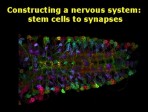 00:58:00
00:58:00
Stem Cells to Synapses
One of the goals of research in neurobiology is the repair and regeneration of neurons after damage to the brain or spinal cord. Before we can understand how to repair the nervous system we must first learn how the nervous system is put together.
More details | Watch now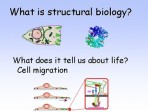 01:03:00
01:03:00
Structure and the living cell
In this lecture Iain Campbell will discuss methods of studying the structure of molecules and cells and how they have advanced in the 350 years since early microscopes gave the first glimpse of single cells. He will show how modern methods are allowi....
More details | Watch now 01:03:00
01:03:00
Plastic fantastic: electronics for the 21st century
Plastics - or, more correctly, polymers have traditionally been used by the electronics industry as passive materials. Now however, new types of polymers have been discovered which behave as semiconductors. For example, they can emit light when subje....
More details | Watch now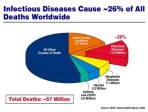 01:15:00
01:15:00
Plagues and Parasites
Contagions, or infectious diseases, which kill both fascinate and frighten us. Far from receding in importance as was expected fifty years ago in the heyday of new antibiotic discovery, infectious diseases remain a major cause of suffering and death ....
More details | Watch now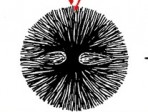 01:00:00
01:00:00
The mesoscopic world – from plastic bags to brain disease.
Structures looking broadly the same in the optical microscope are found in starch granules within plants, in polythene bags and in sections of diseased brain tissue. Athene Donald explores structural similarities between different assemblies of polym....
More details | Watch now
